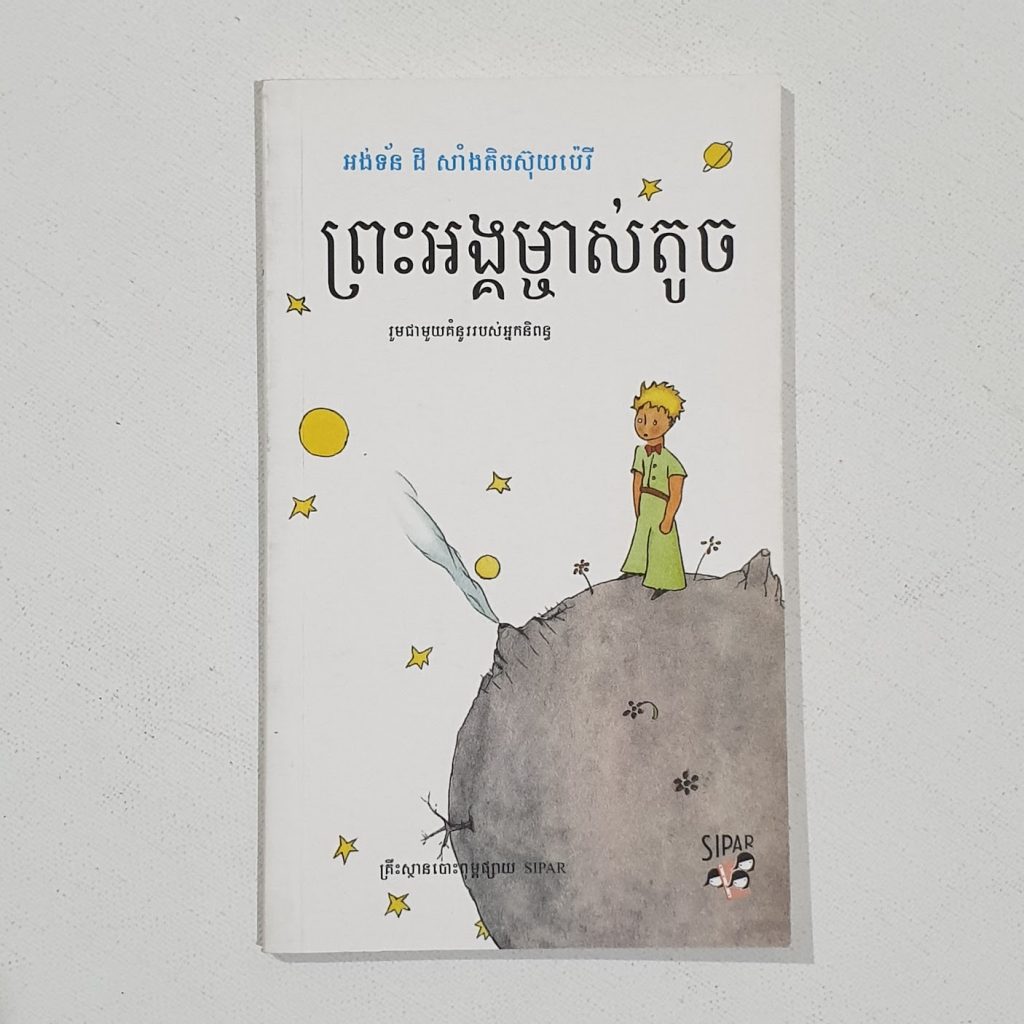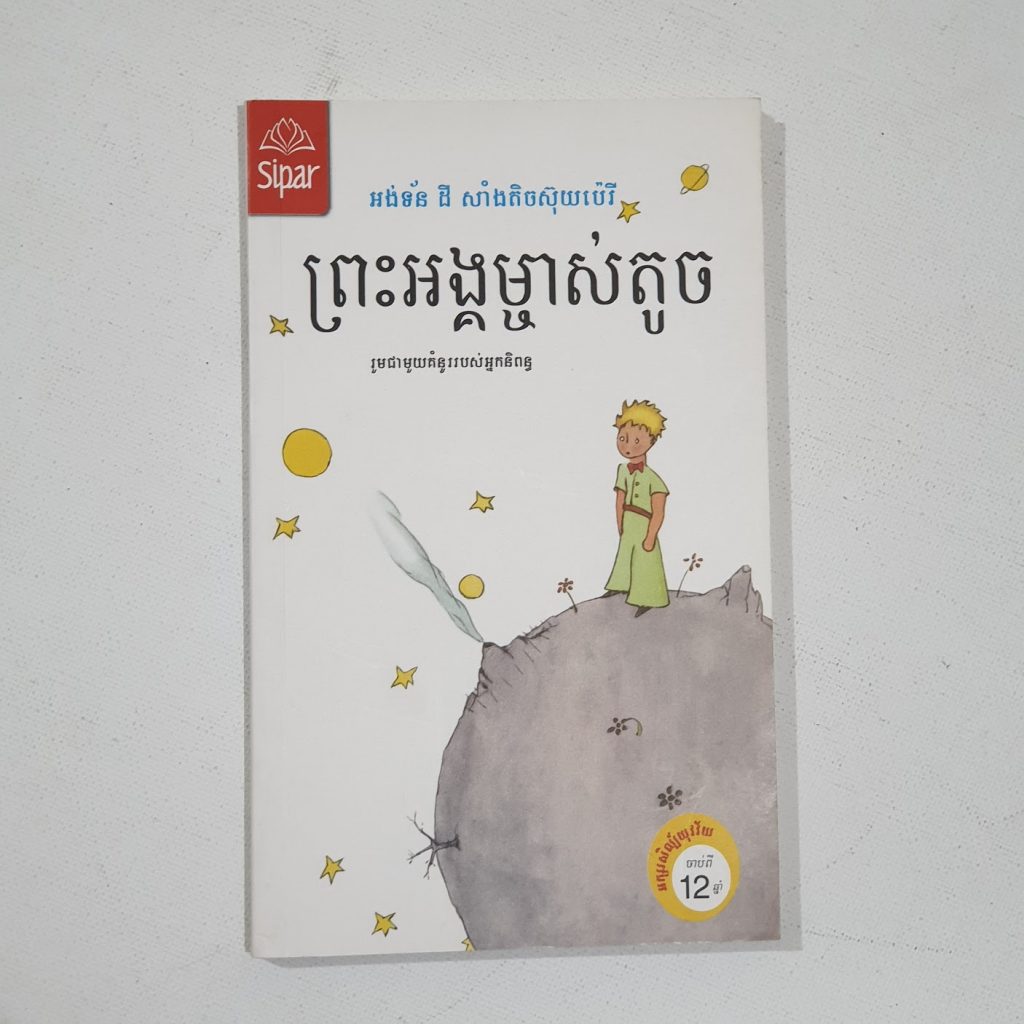
ព្រះអង្គម្ឆាស់តូច /Preah Angkmchah Toch — in Khmer.
The Khmer language, the official language of Cambodia, is a member of the Austroasiatic language family. It is the most widely spoken Austroasiatic language, with millions of speakers in Cambodia and communities in Vietnam and Thailand. Khmer has a rich history, closely linked to the powerful Khmer Empire, which ruled much of Southeast Asia from the 9th to the 15th centuries. The language is distinguished by several features that make it unique among its regional counterparts and other language families.
Khmer has a complex vowel system, with vowels that can be short or long, affecting the meaning of words. The language also features vowel registers, including breathy and clear tones, which can further distinguish meanings. Khmer’s consonant system includes sounds that are not found in many Western languages, including implosives and a series of consonants that are pronounced differently based on their position in a word. Unlike many of its Southeast Asian neighbours, Khmer is not a tonal language. However, it uses pitch variation to differentiate questions from statements.

The Khmer writing system is derived from the Pallava script of India and has been used since at least the 7th century. It is an abugida, where consonant-vowel sequences are written as a unit, and each consonant has an inherent vowel that can be changed with diacritics. The script is notable for its round, looping letters, which historically were well-suited to being inscribed on palm leaves. It includes symbols for consonants, vowels, and diacritical marks that indicate vowel changes and special phonetic features.
Reflecting the historical influence of Hinduism and Buddhism in the region, Khmer has borrowed extensively from Sanskrit and Pali, especially in terms related to religion, philosophy, and royalty. Modern Khmer also includes loanwords from French, due to the colonial history, and English, especially in areas of technology, science, and popular culture.

Khmer is an analytic language, meaning it relies heavily on word order and particles to indicate grammatical relationships, rather than inflection. This structure makes it relatively accessible for learners in terms of grammar. Khmer allows for the chaining of verbs without the use of conjunctions to indicate actions that occur in sequence or to express complex ideas.


